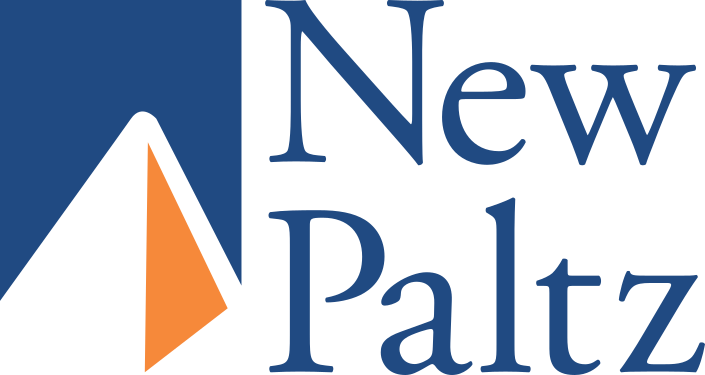 Library Guides & Databases Library Guides & Databases
|
|||||
| Research Guides | Databases A-Z | Library Catalog | Ask a Librarian | Library Home Page | SUNY New Paltz |
What is a Permalink?
Will Permalinks work off-campus?
Tips for Using Permalinks
Include the citation, or bibliographic information ( i.e. the author(s), article or book title, the journal name, and the publication date), along with the Permalink. This is because sometimes Permalinks do not work. It is a good idea to include enough information about the publication to help others find the article or book in the event that the Permalink does not work.
Sojourner Truth Library thanks Danielle Loftus, of the University of South Dakota University Libraries, for granting us permission to model this LibGuide on Danielle's USD LibGuide, "Linking Directly to Resources; Individual Articles and Records."
